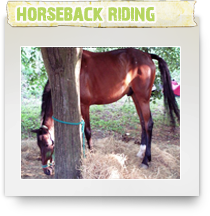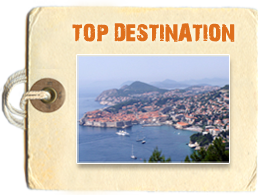 Croatia - History
Croatia - History
Equestrian skills, as well as breeding horses for sport, hunting and work, have a very long tradition in the valleys of the Rivers Sava, Drava and Danube. Travelling on horseback through the plains and forests you can see and learn about attractive habitats of birds, fish and game, the traditional popular architecture of rural communities and homesteads. If you choose to visit the slopes of Papuk, there are the excellent wines of Kutjevo to savour, as well as fresh spring water, and spas in which to relax. In Đakovo (Slavonia), visit the best known breeding and selection stud farm for Lipizzaner horses, the half-blood Tulipan Croatian line: an average height, well balanced, high stepping, sturdy and strong horse. In Istria we have the Istrijanac - a locally bred, high spirited thoroughbred horse. There are several equestrian centres in this region, and wonderful areas for an adventure on horseback. The silent wilderness of Žumberak offers just the same opportunities. With the Alkars of Sinj, in the valley of the River Cetina, horse riding became a knightly occupation as long ago as the beginning of the18th century. Riding through the valley you will discover the natural, cultural, historical features and specific characteristics of this picturesque area. And while there, do not fail to sample the local specialties - including grape brandy, cheese, bread baked under a peka (a baking lid), as well as lamb or kid meat prepared in the same way as bread.
Those of a more adventurous bent can opt for a ride down the rugged tracks of Mount Velebit, and be rewarded by a staggering range of natural phenomena and magnificent vistas of the sea and the islands.





